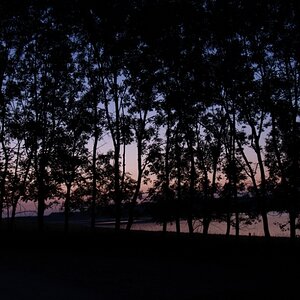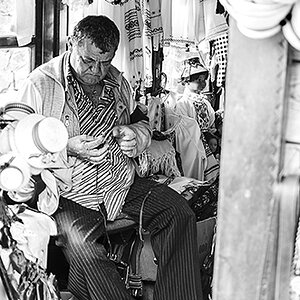mathay2603
TPF Noob!
- Joined
- Jul 3, 2015
- Messages
- 2
- Reaction score
- 0
- Can others edit my Photos
- Photos OK to edit
Good afternoon all,
After doing a fair amount of research, I have decided to take the plunge and buy a DSLR. My main passion is sport and in particular horse racing and everything concerned with it. A friend who enjoys his photography recommended a Nikon D3300 as a good beginners unit and this appears to be backed up by other sources. I do have a question regarding what type of lens/combination of lenses would be best for capturing sport and in particular horse racing.
Pictures that I would be looking for would include parade ring shots, where I wouldn't be too far away from the horses, jockeys, trainers etc. Across the course action shots where I could be between 10 and 20 meters or so away and shots taken from a grandstand, potentially high up and quite far away. One further thing I thought of that could add to this decision making process, is the different weather I will encounter over the year. Whilst racing is an all year sport, I particularly enjoy National Hunt racing which takes place in the winter (possible rain, snow etc.)
Overall I am looking to spend approx. £500 - £600 max. for a DSLR and lens. I would be eternally grateful if anyone could point me in the direction of what body and lens/lenses I should look at that fit my needs.
Thanking you!
After doing a fair amount of research, I have decided to take the plunge and buy a DSLR. My main passion is sport and in particular horse racing and everything concerned with it. A friend who enjoys his photography recommended a Nikon D3300 as a good beginners unit and this appears to be backed up by other sources. I do have a question regarding what type of lens/combination of lenses would be best for capturing sport and in particular horse racing.
Pictures that I would be looking for would include parade ring shots, where I wouldn't be too far away from the horses, jockeys, trainers etc. Across the course action shots where I could be between 10 and 20 meters or so away and shots taken from a grandstand, potentially high up and quite far away. One further thing I thought of that could add to this decision making process, is the different weather I will encounter over the year. Whilst racing is an all year sport, I particularly enjoy National Hunt racing which takes place in the winter (possible rain, snow etc.)
Overall I am looking to spend approx. £500 - £600 max. for a DSLR and lens. I would be eternally grateful if anyone could point me in the direction of what body and lens/lenses I should look at that fit my needs.
Thanking you!


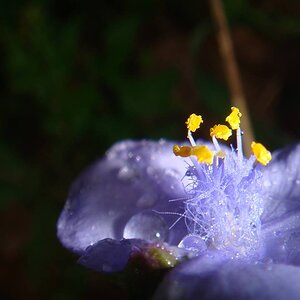
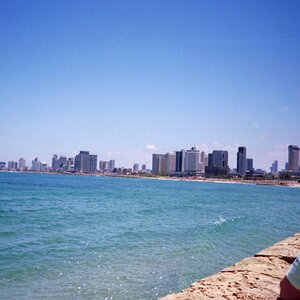
![[No title]](/data/xfmg/thumbnail/42/42065-b846d670a79653fe9a60fc2ba4bc683f.jpg?1619739998)
![[No title]](/data/xfmg/thumbnail/30/30994-49c5521f7b5b417f49dcd43891cbec27.jpg?1619734557)
![[No title]](/data/xfmg/thumbnail/42/42034-6262420ff3ea238f05395bbcc7ae1f28.jpg?1619739985)
![[No title]](/data/xfmg/thumbnail/30/30996-79ed44b1137a7c3ab5b0a1146b111238.jpg?1619734559)
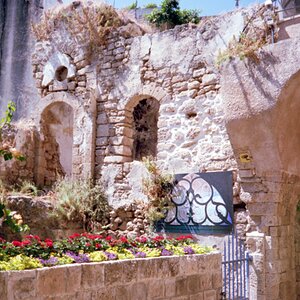
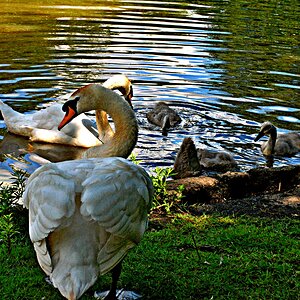
![[No title]](/data/xfmg/thumbnail/42/42067-88a229e814afcfc8848b3e293d8113d9.jpg?1619739998)
